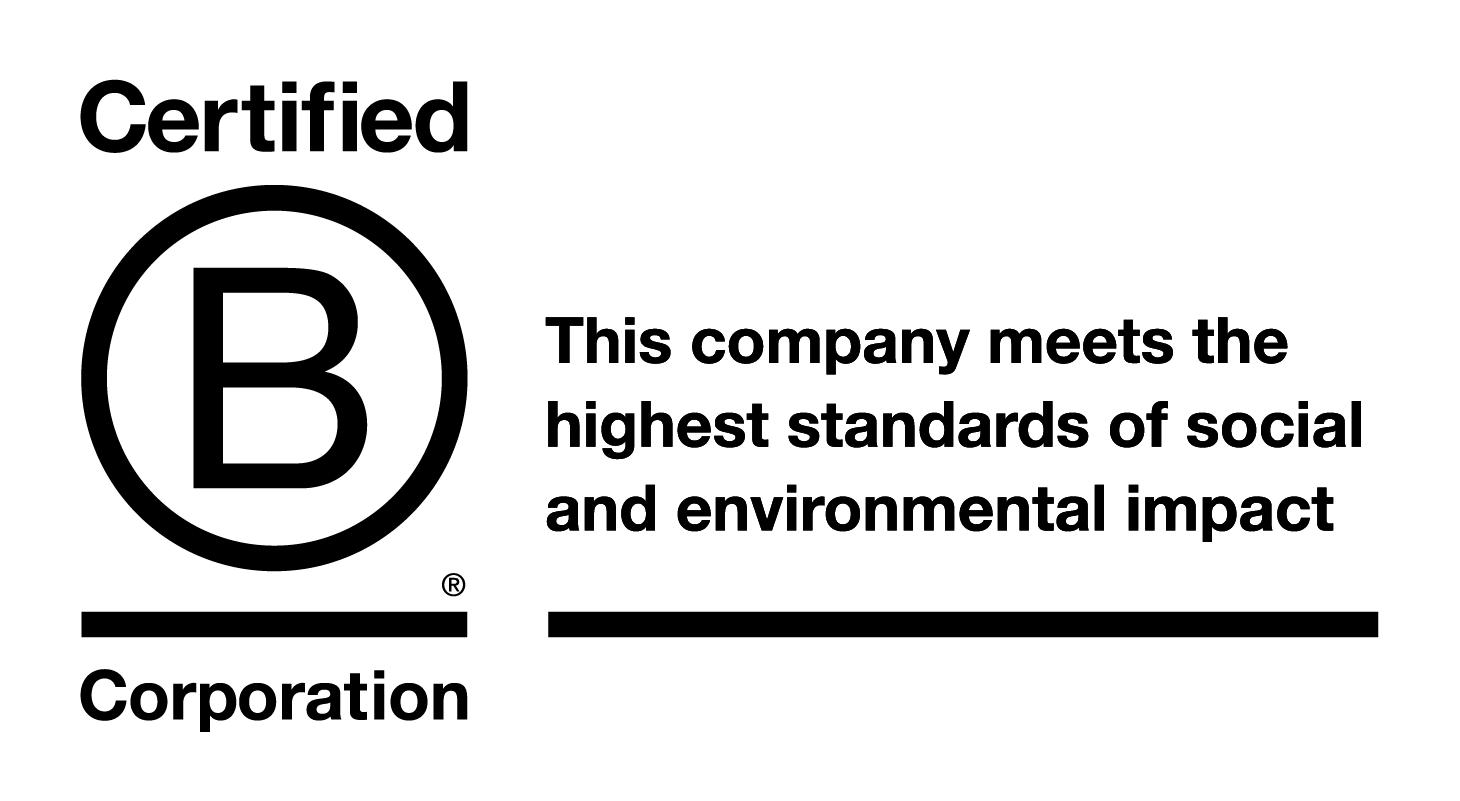Sign up. Be inspired. Get clicking.
Carbon offset programs for family vacation flights
28 April 2025
Air travel is a major contributor to global emissions, with a single long-haul journey often producing more carbon dioxide than an entire year of driving. As a result, many travellers are now looking for practical ways to reduce the impact of their trips. Aviation is responsible for approximately 2–3% of global greenhouse gas emissions — a figure that rises to nearly 10% when considering emissions from all transport-related activities. This growing awareness has fuelled interest in meaningful efforts to lessen the environmental footprint of travel. Families planning their journeys are increasingly seeking straightforward, effective options. Verified initiatives offer ways to address the emissions associated with flying, often through partnerships between travel providers and trusted environmental organisations. Tools such as emissions calculators make it easier for individuals to understand and take action on their own carbon footprint. This guide explores practical steps for more responsible travel, highlighting credible projects and cost-effective approaches. While each contribution may seem small, together they support significant progress towards a more sustainable future.

Why offset carbon emissions from family flights?
Modern aviation’s impact on the atmosphere is shaped by complex chemical processes. In addition to carbon dioxide, aircraft release methane and nitrous oxide at high altitudes — gases that trap heat far more effectively than emissions at ground level. A single flight from Honolulu to New York generates approximately 1.5 tonnes of carbon dioxide per passenger, equivalent to six months of driving an average car. Moreover, emissions released at cruising altitude have a “radiative forcing” effect, effectively doubling their overall climate impact.
Air travel contributes around 2–3% of global greenhouse gas emissions. Although advances in fuel efficiency have been made, annual aviation growth of 3–4% continues to outpace these improvements, leading to a steadily increasing footprint.
Various initiatives offer ways to address the emissions linked to flying. Projects such as reforestation and renewable energy developments directly reduce greenhouse gas concentrations elsewhere. Many recognised frameworks propose that these actions can help to address the climate impact associated with leisure travel.
Accurate tools like the ICAO emissions calculator make it easier to assess flight-related impacts. For example, a contribution of around $19 can address the emissions from a single trip between Hawaii and New York. Small, individual efforts collectively contribute to reducing broader climate consequences.
Choosing between strategies that either prevent new emissions or remove existing ones is important. Reduction efforts aim to avoid adding further greenhouse gases, while removal projects actively extract them from the atmosphere. Both approaches have an important role in making travel more sustainable.

Five trusted carbon offset programmes for family vacation flights.
Verified environmental projects offer practical ways to address the impacts of air travel. These initiatives support renewable energy developments, reforestation efforts, and community-based solutions. Families can select programmes that feature transparent tracking and independent third-party verification.
Nat Hab & South Pole fund initiatives such as geothermal energy plants and clean cookstove projects, covering approximately 300–400% of emissions per dollar contributed. Their work is independently verified by the Gold Standard.
Cool Effect prices its projects at around $11.87 per tonne, incorporating methane and nitrous oxide into its flight emissions calculations.
Tomorrow’s air focuses on permanent carbon dioxide removal through direct air capture and biochar storage technologies.
American airlines supports a portfolio that includes wind energy projects and forest conservation, distributing contributions across various project types.
Initiatives aimed at reducing emissions, such as Ethiopian clean cookstove programmes, also improve local air quality. Energy projects, like Indonesian hydroelectric developments, help replace fossil fuel reliance. Both types of projects offer tangible benefits to global communities.
Pricing typically ranges between $8 and $20 per tonne. Educational dashboards are available with some programmes, allowing children to engage with and track progress. Certified initiatives adhere to standards such as the Verified Carbon Standard, ensuring transparency and credibility.
How to choose the right carbon offset programme
Every pound invested in climate solutions should meet strict efficiency standards. Look for initiatives that allocate at least 90% of contributions directly to project work, following models such as Cool Effect’s approach based on 2018 EPA emission factors.
Independent third-party verification is essential for identifying credible options. Standards such as the Gold Standard (GS) and the Verified Carbon Standard (VCS) require annual audits, while Clean Development Mechanism (CDM) projects adhere to United Nations climate protocols.
A key indicator of quality is additionality — proof that a project would not have happened without external funding. For example, wind farms in regions already bound by renewable energy mandates often fail to meet this requirement. High-quality programmes provide detailed documentation of baseline scenarios, showing the extra tonnes of carbon dioxide reduced as a direct result of the project.
Public registries are vital for preventing double-counting of carbon credits. Each retired credit should carry a unique serial number and be traceable through platforms such as the Markit Registry, which records transaction histories.
Permanence is also crucial for meaningful carbon footprint reductions. Forestry projects, for instance, should guarantee carbon storage for at least 100 years. Some providers also establish buffer pools to replace any carbon sequestration that might be lost due to unforeseen events.
Projects offering broader community benefits add further value beyond emissions reductions. For example, clean cookstove initiatives in Ethiopia not only cut emissions but also improve respiratory health. Look for evidence of additional benefits such as local employment opportunities and biodiversity gains.
Administrative fees should remain below 10% to ensure maximum impact. It is advisable to compare programme overhead costs carefully, and some airlines now provide full disclosures showing how funds are distributed.
Choosing blended portfolios, which combine solutions such as solar energy projects with mangrove restoration, enhances the overall sustainability of contributions. It is best to avoid programmes that rely exclusively on a single project type.


The real impact of offsetting your family’s flights
Stanford research highlights significant gaps between projected and actual emissions reductions. A 2023 study revealed that forest-based carbon offsets achieve only 30% of the claimed benefits. Over-crediting and double-counting inflate the results in voluntary markets.
Compliance programmes, such as California’s cap-and-trade system, enforce more stringent audits, whereas voluntary initiatives often lack transparency. While some projects, like Nat Hab’s preservation of 459 acres, show measurable impacts, these cases remain the exception rather than the rule.
Non-CO₂ effects add complexity to emissions calculations. Contrails and nitrogen oxides (NOx) contribute to 60% of aviation’s climate impact, yet most offset programmes ignore these factors.
Case studies demonstrate the discrepancies in effectiveness. Nat Hab’s projects have offset the equivalent of 157,650 barrels of oil, but 75% of forestry projects fail to meet their targets, often due to issues like wildfires or logging.
Debates around the ethics of offsetting question whether these projects enable unsustainable travel. Experts suggest that offsets should be paired with behavioural changes to achieve meaningful reductions. Diversified portfolios combining reforestation with renewable energy projects typically yield more reliable outcomes.
Tech-based carbon removal methods, such as direct air capture, are five times more expensive but offer guaranteed permanence. The social cost of carbon, estimated at $51 per tonne, provides a useful framework for assessing the broader value of such projects beyond simple tonne counts.
Start your family’s sustainable travel journey today
Small actions can lead to significant changes in sustainable travel. Use emission calculators to assess your impact and compare trusted providers for transparency.
Combine offsetting with simple, practical strategies. Optimise your routes, pack lighter, and choose airlines that have verified partnerships with sustainability projects. Every step counts.
Introduce children to the importance of sustainability with resources like the EPA’s Climate Kids. Discuss how renewable energy helps support communities around the world.
Advocate for policy changes while also making personal efforts. If one million families take part, annual emissions reductions could reach 2 million tonnes.
Commit to long-term sustainability goals. For example, Nat Hab’s planting of 1.1 million seedlings demonstrates how ongoing, multi-year efforts can make a meaningful difference. Together, we can protect our planet.
17 South Street
Auckland 1010
New Zealand
info@carbonclick.com- -
- X
Subscribe now to stay up to date with CarbonClick, carbon offsetting and climate action.
By signing up you agree to our Privacy Policy.


